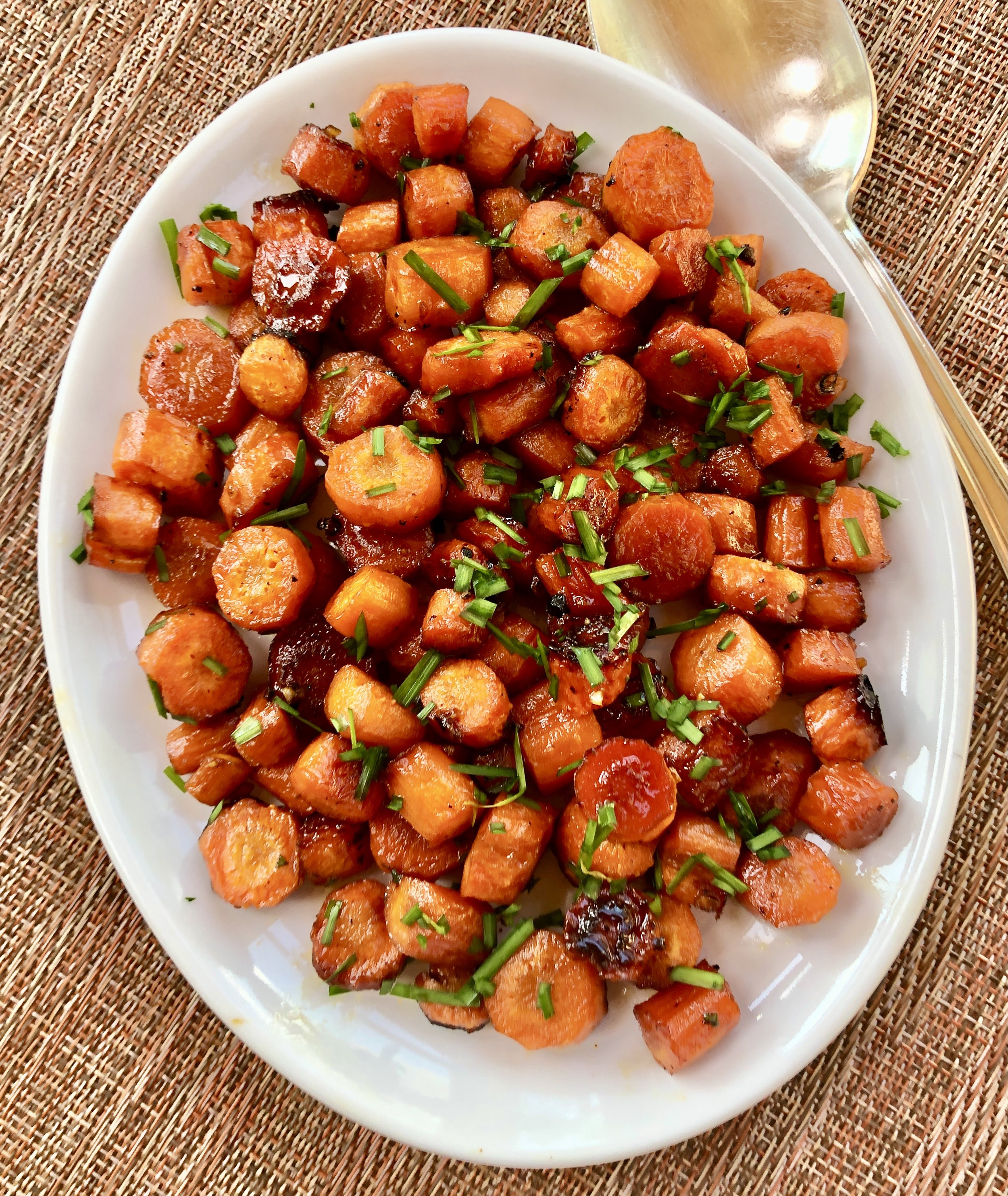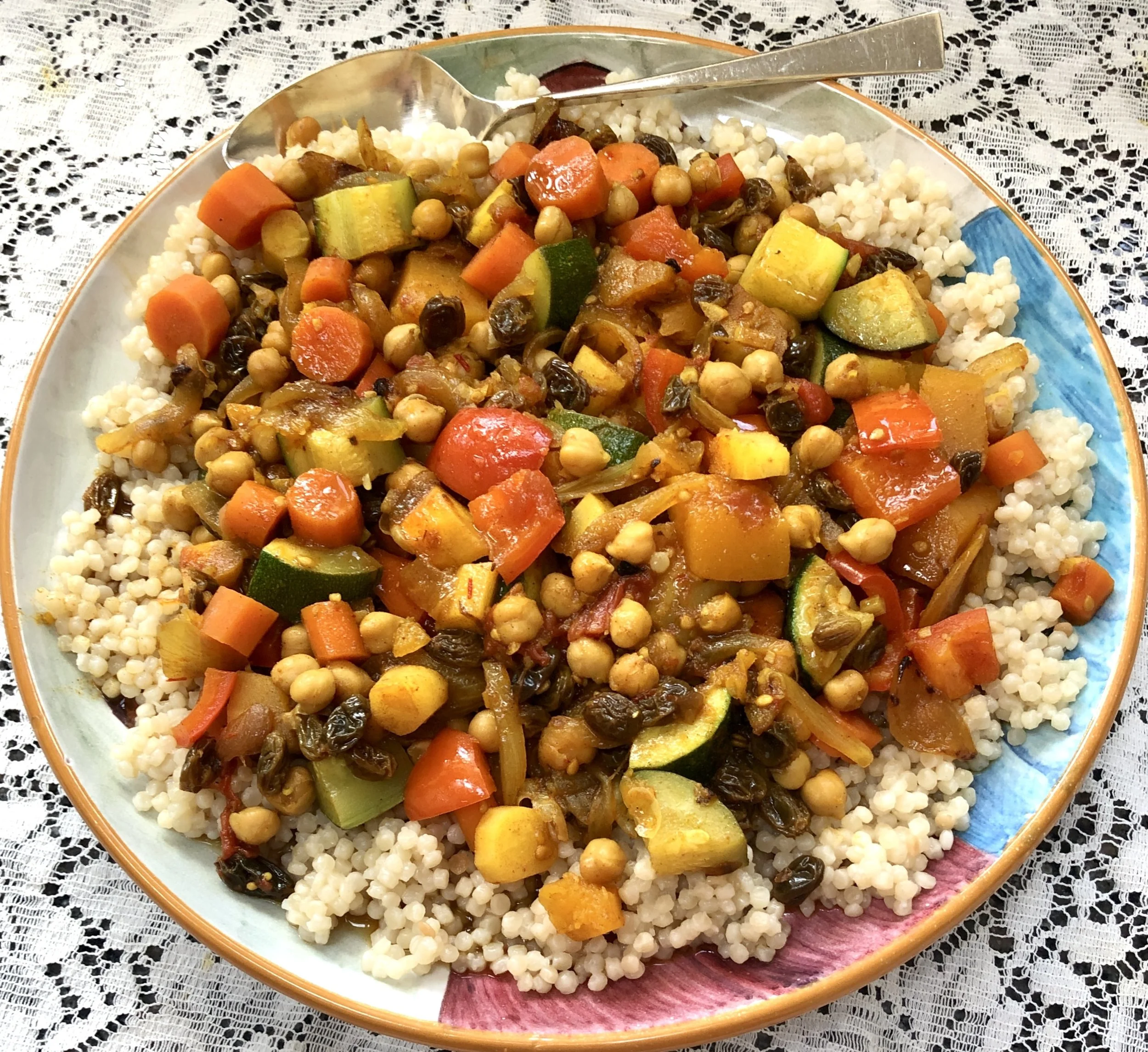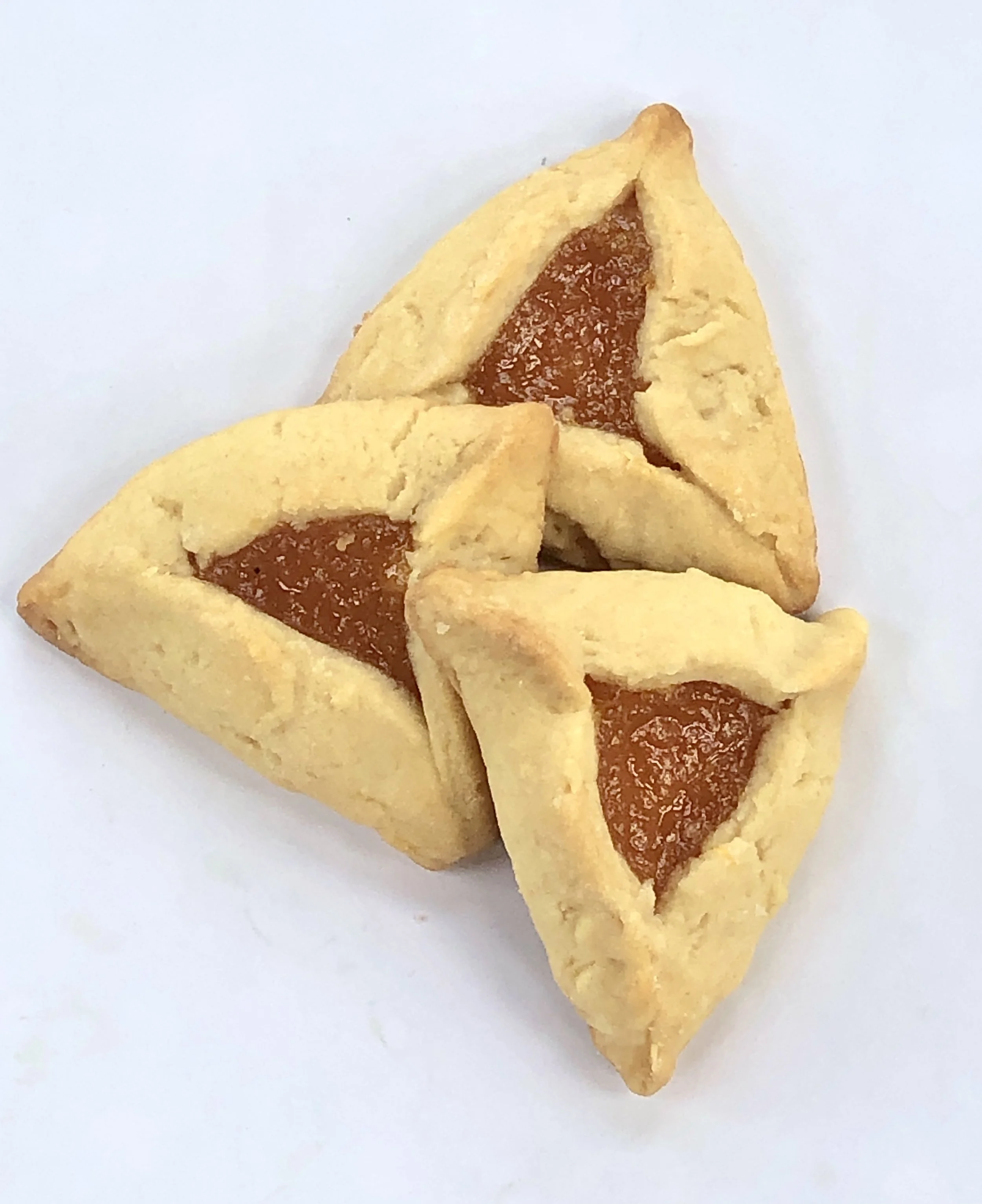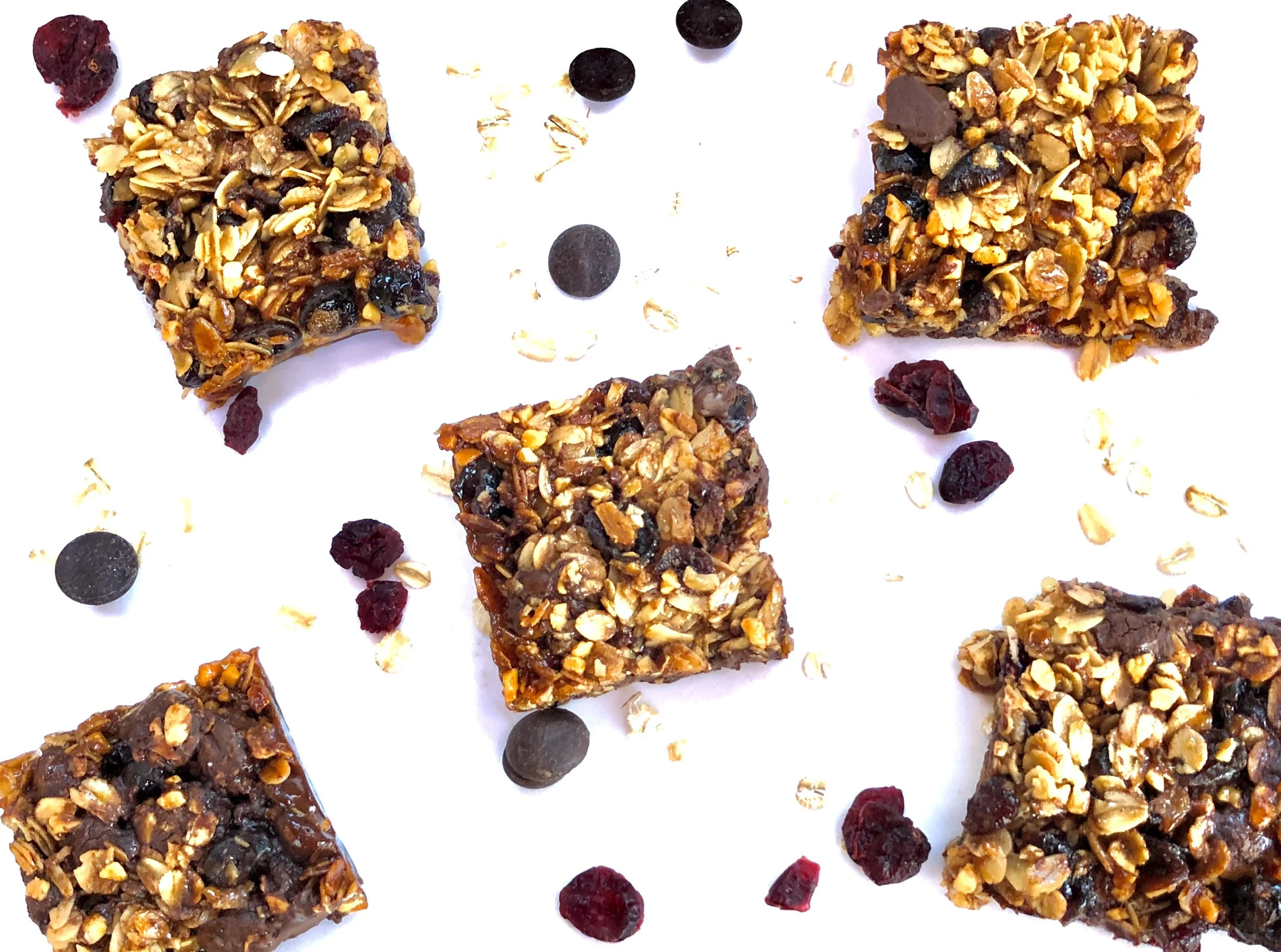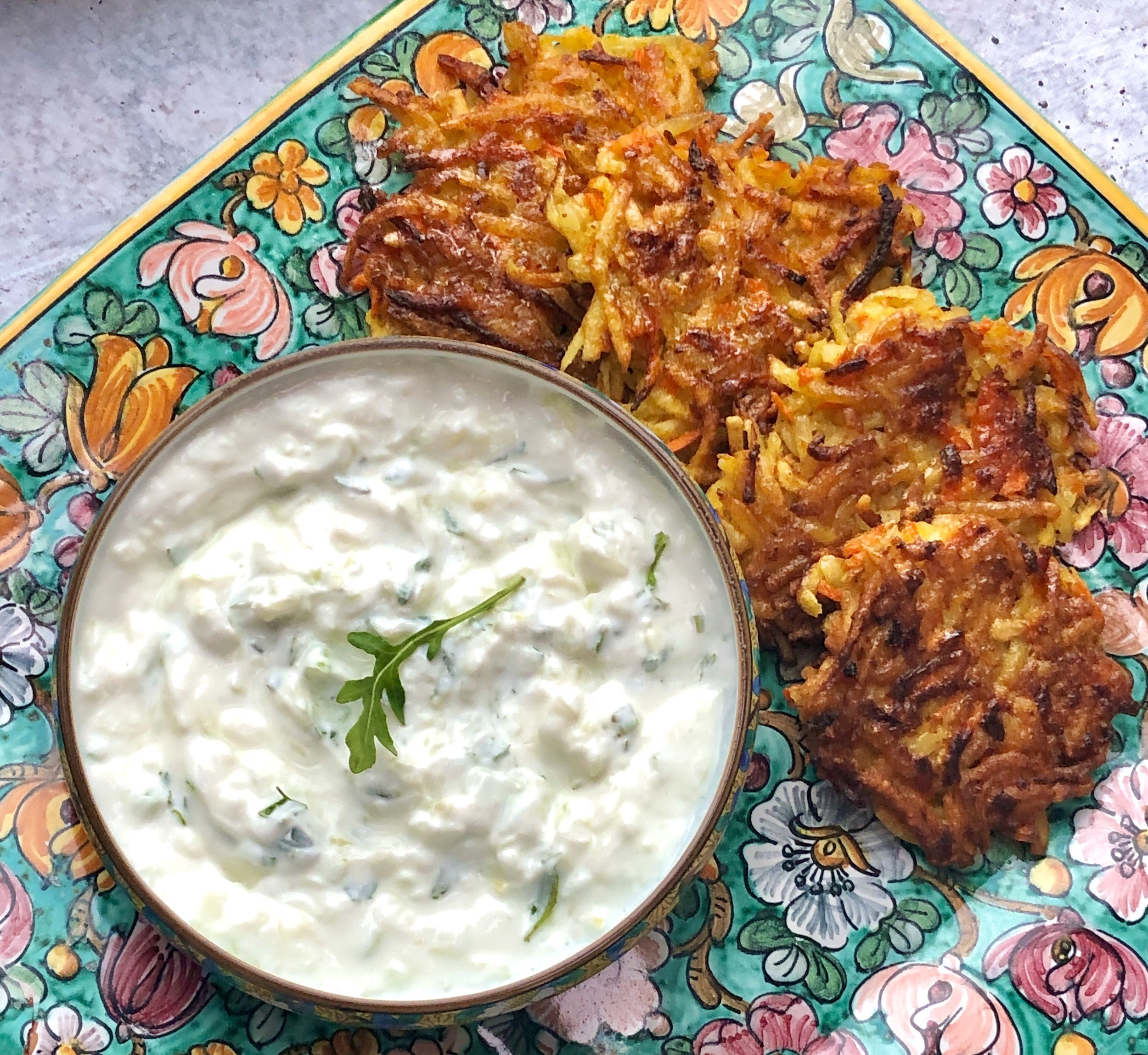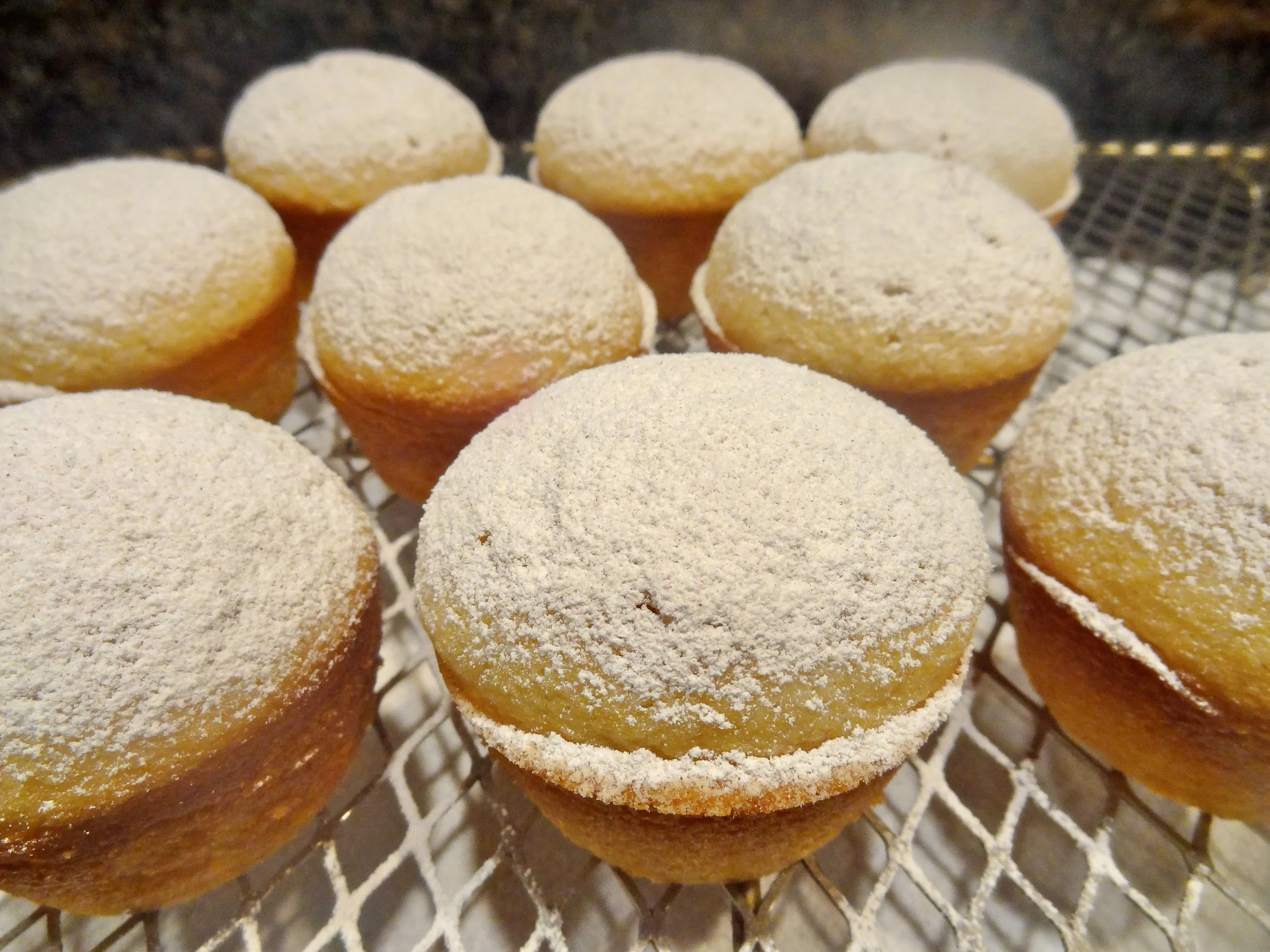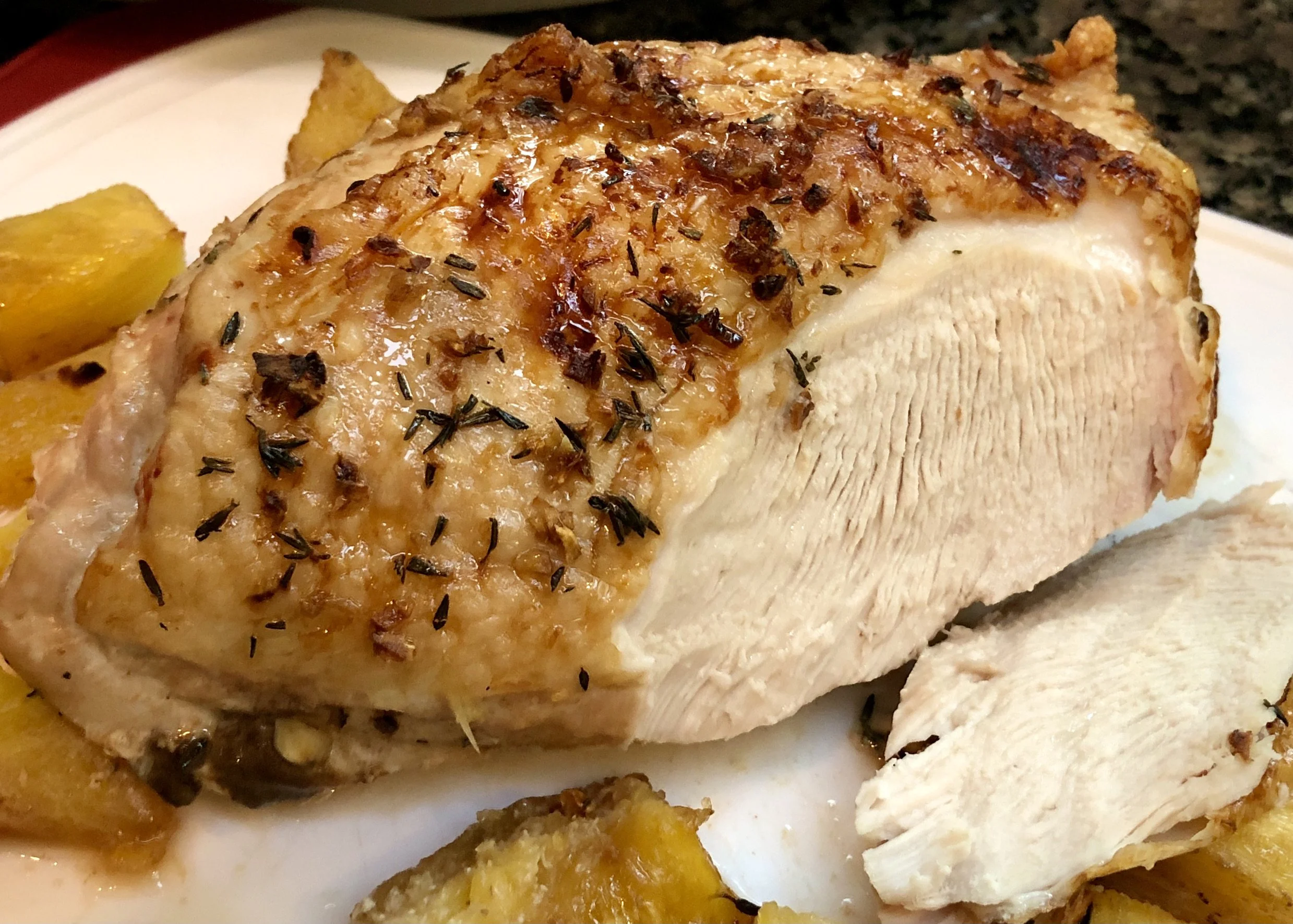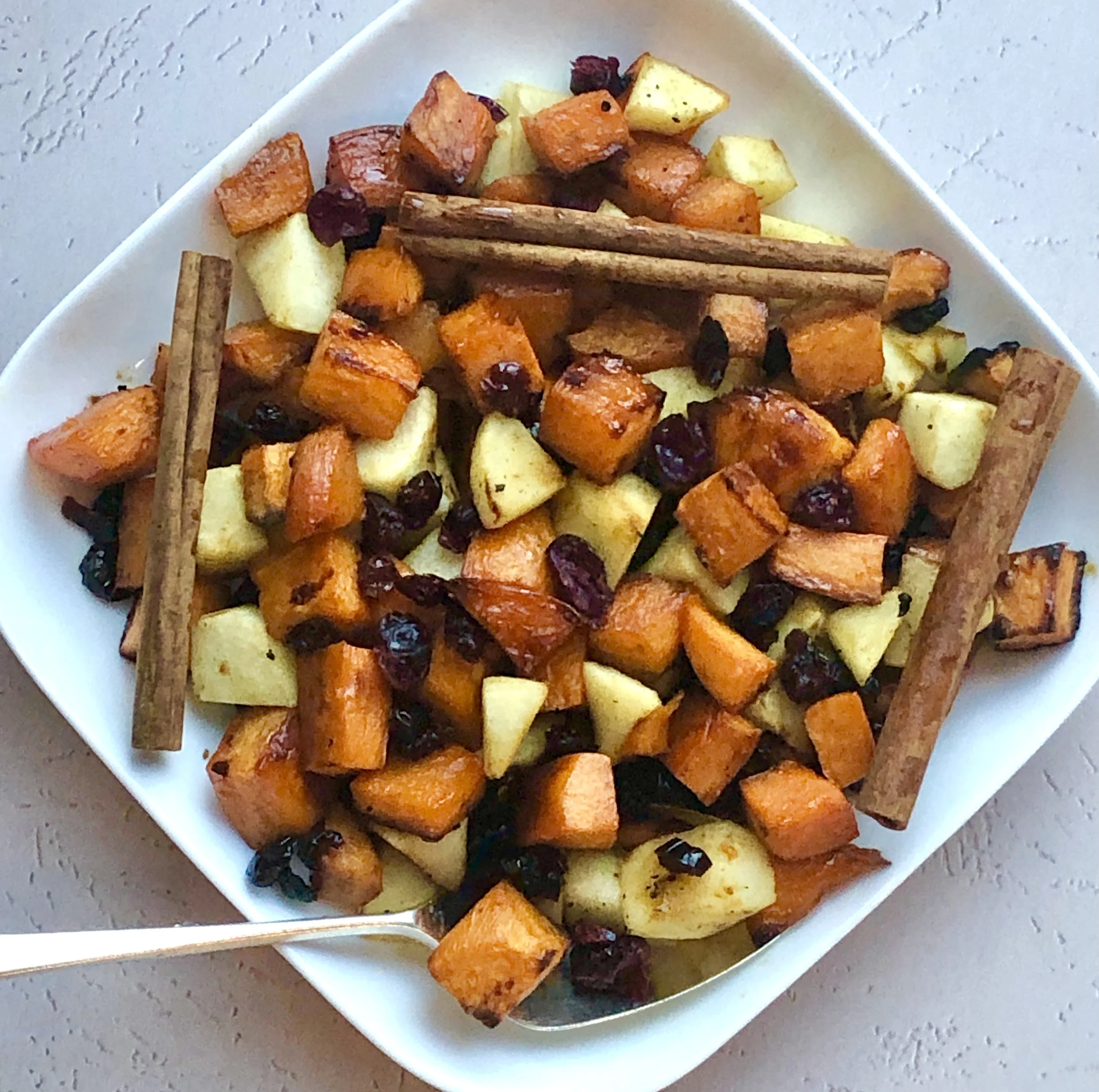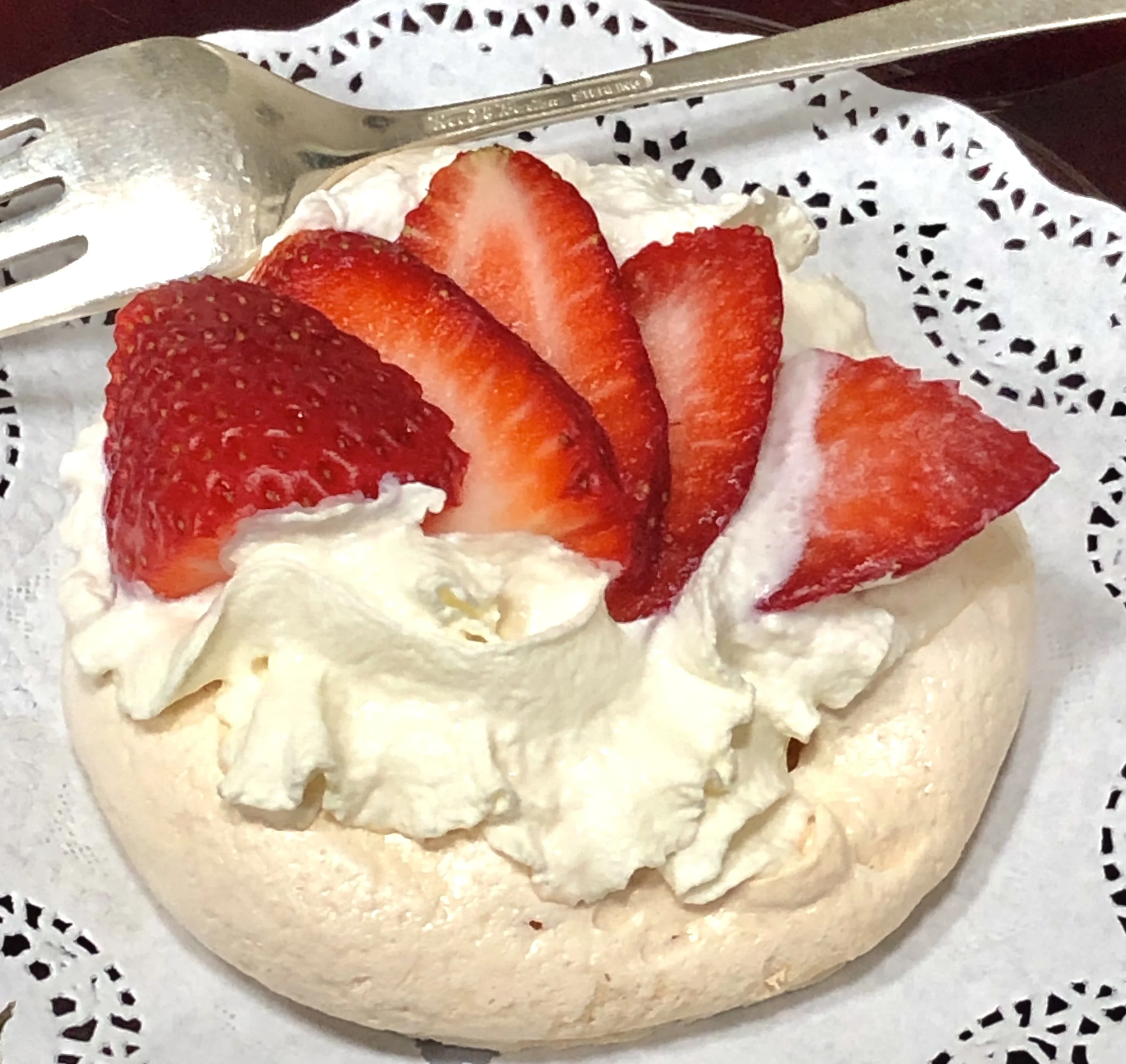Need a last minute side dish for Rosh Hashanah? Carrots are traditional for the holiday and few recipes are as easy as this one.
Bonus: set them up ahead and cook just before you need them.
Best of all: they are exceedingly delicious!
Honey-Balsamic Glazed Carrots
2 tablespoons olive oil
2 tablespoons honey
2 tablespoons Balsamic vinegar
1 pound carrots, peeled and cut into 1/2-inch slices
1 large clove garlic, finely chopped
salt and freshly ground black pepper to taste
2 tablespoons chopped fresh chives (or use the green part of scallion)
Preheat the oven to 400 degrees F. Line a baking sheet with parchment paper. Place the olive oil, honey and Balsamic vinegar in a small saucepan and bring to a boil over high heat. Cook briefly, just long enough for the honey to soften and become easy to pour. Set aside. Pace the carrots and garlic on the parchment lined cookie sheet. Pour the honey mixture on top and toss the carrots to coat all the pieces. Sprinkle with salt and pepper to taste. Roast for about 30 minutes, tossing the ingredients 2-3 times during that time, or until the carrots are lightly browned and tender. Spoon the carrots onto a serving dish and sprinkle with chives.
Makes 4 servings
